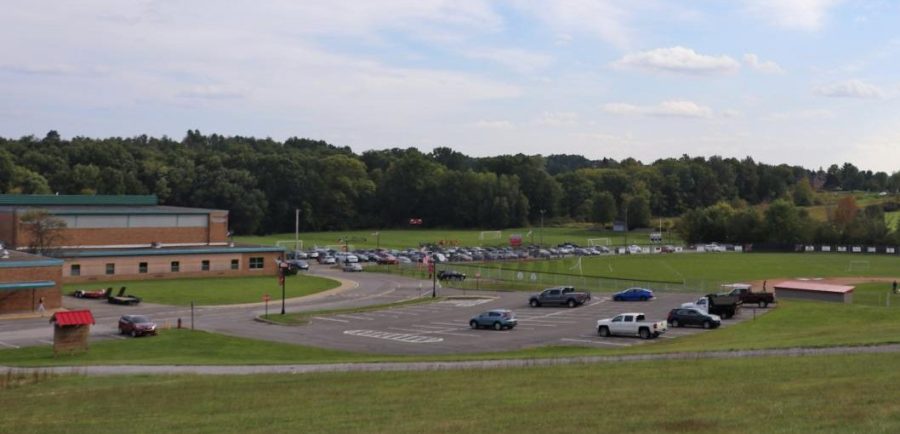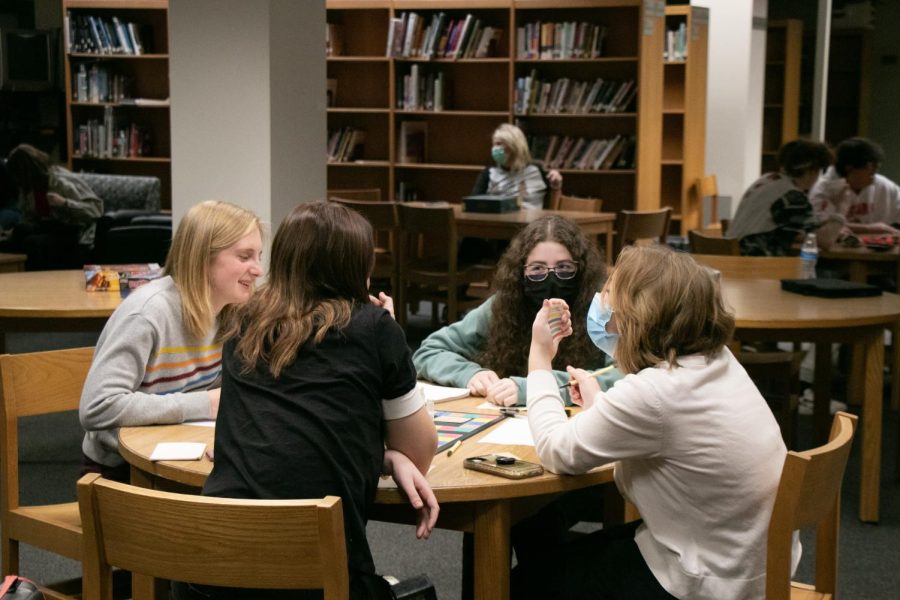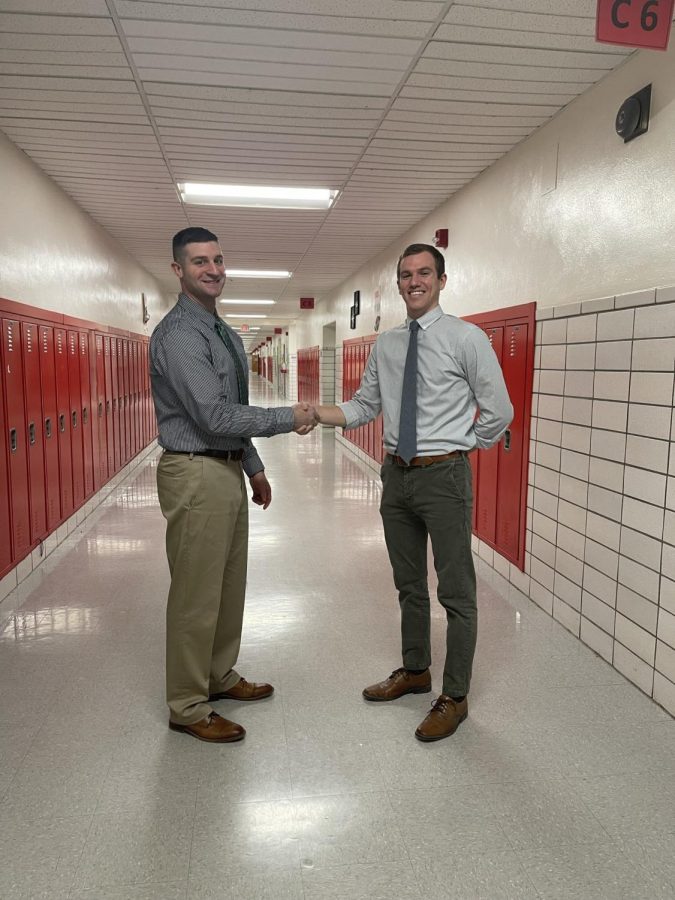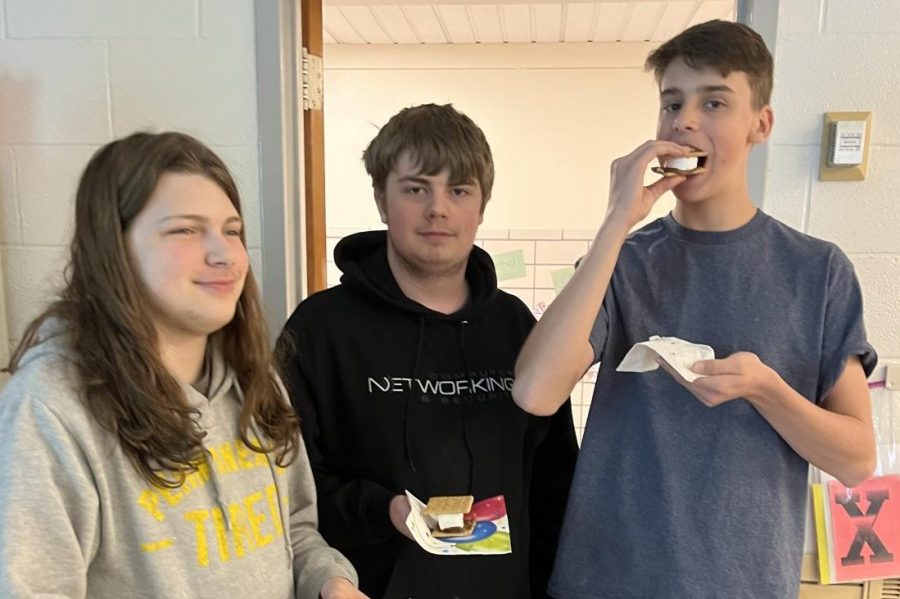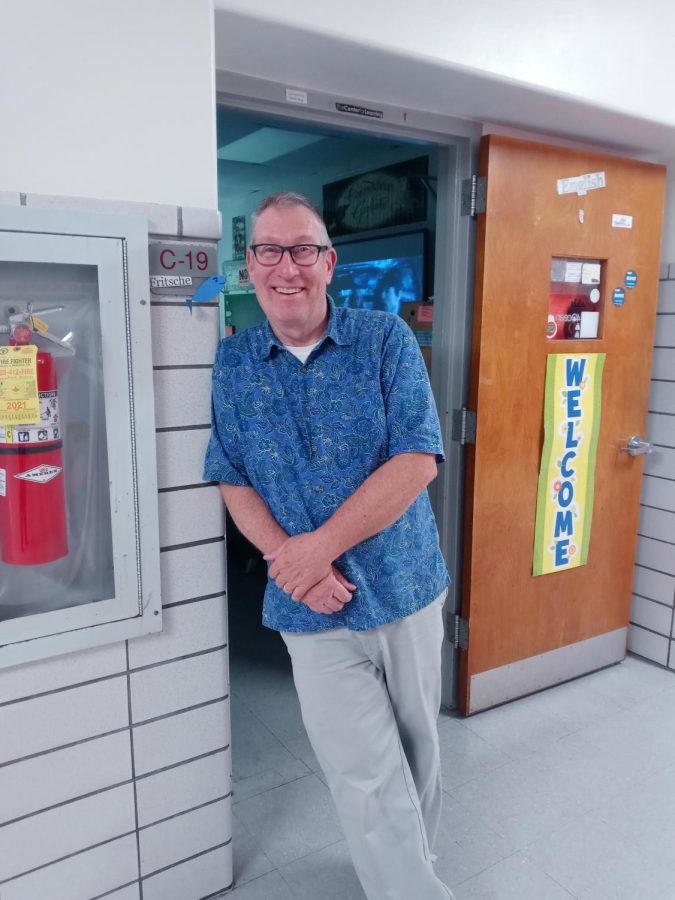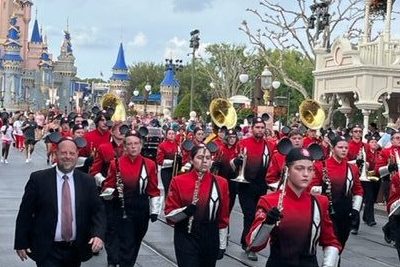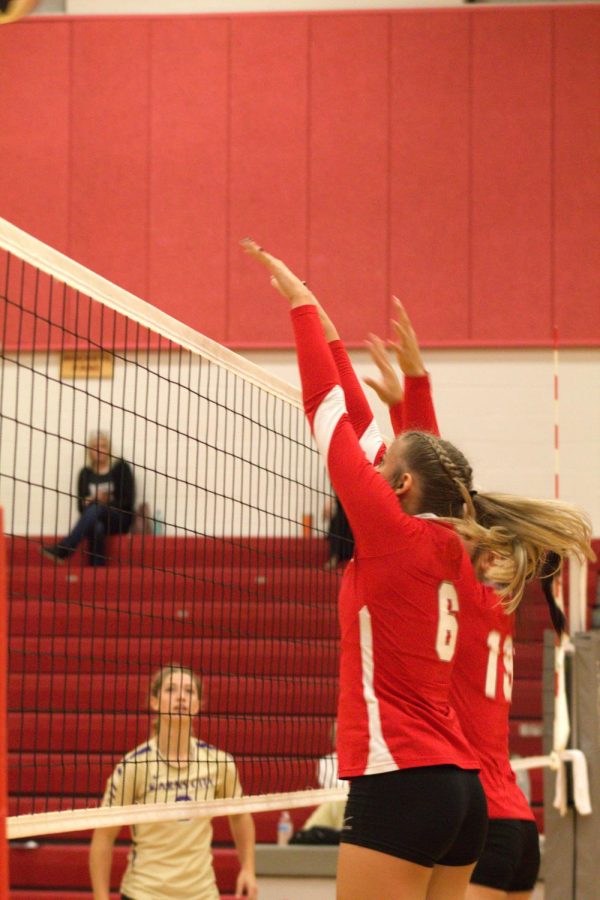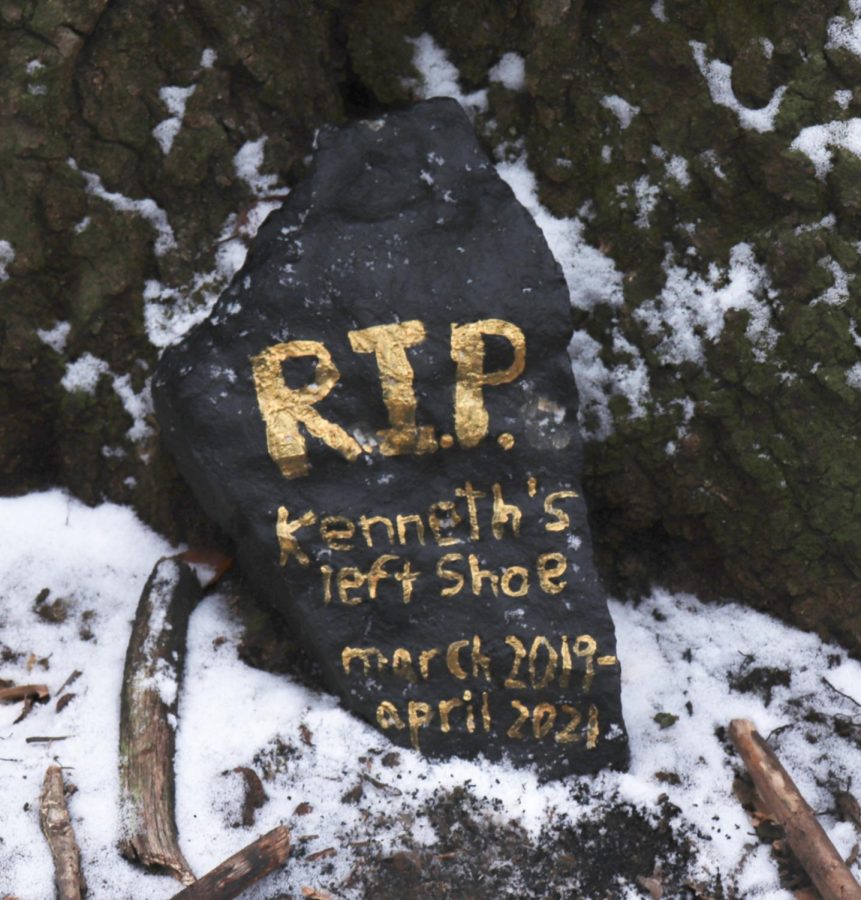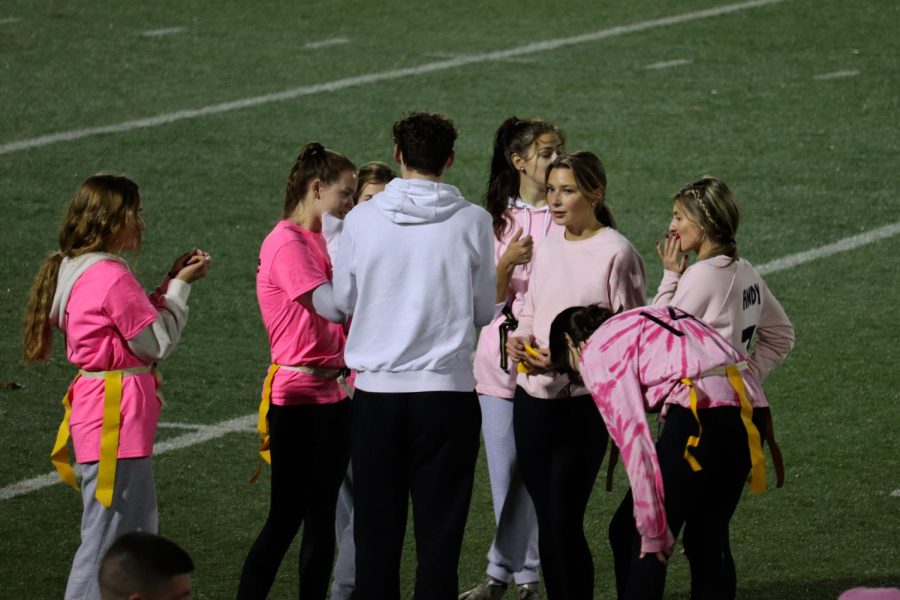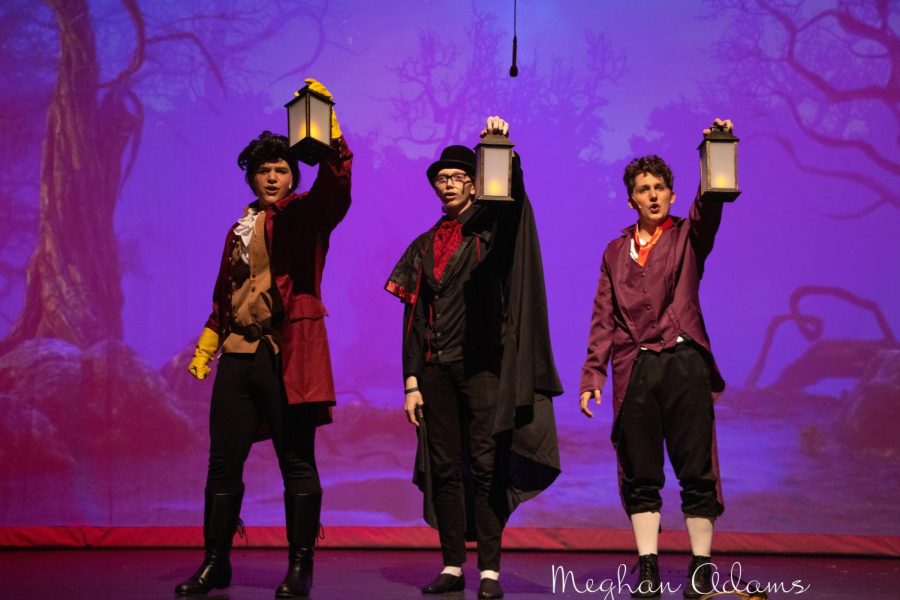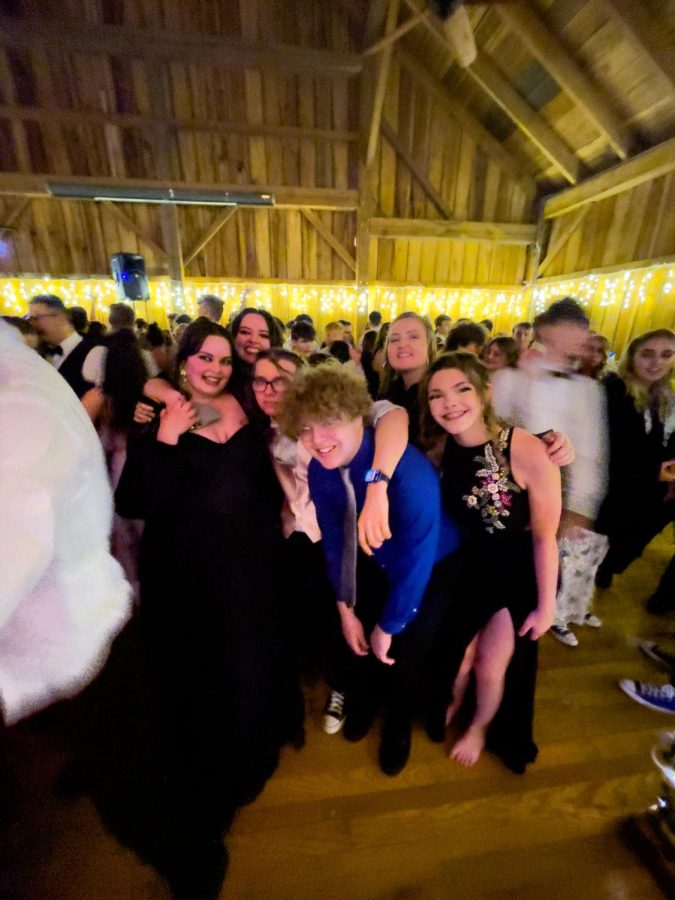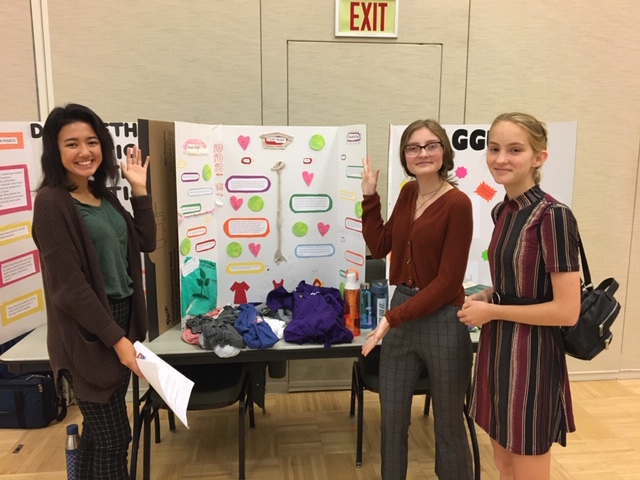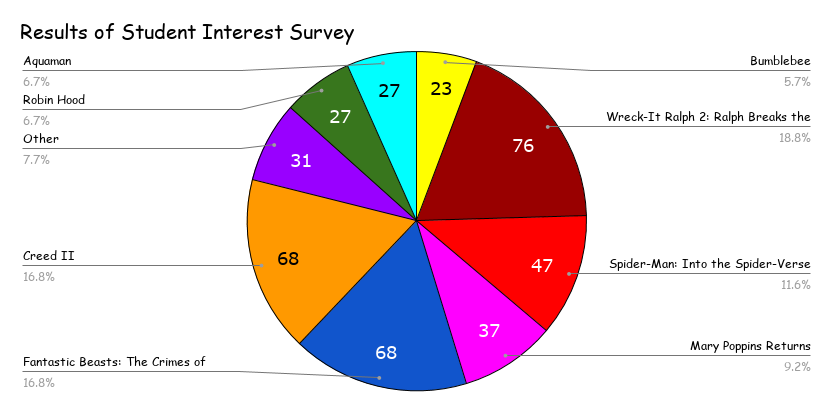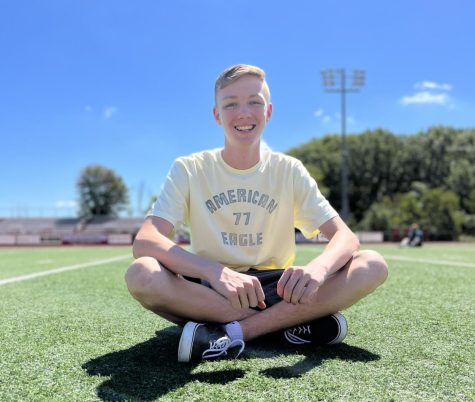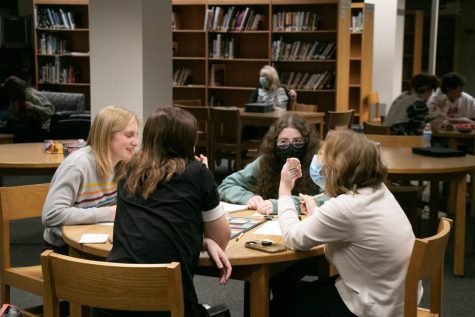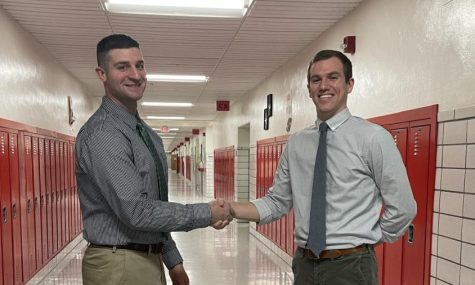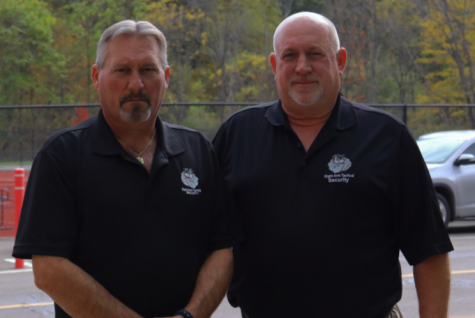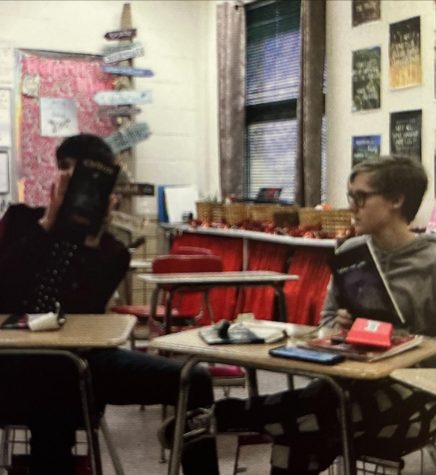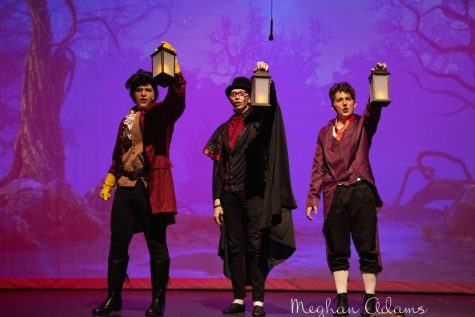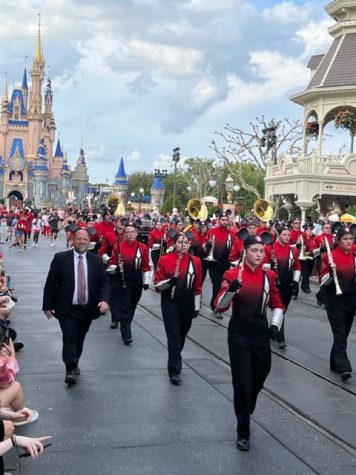SRASD Committee Considers High School Renovation and Grade Redistribution
District Discusses Redistributing Grades, Adding a Pre-K Program, and Renovating High School
Over the course of the 2022-2023 school year, Special Operations Committees were held in the High School library on select Tuesday nights. Although separate components and themes were discussed during these meetings, which were open to the public, they were all directed toward two main aspirations: to renovate the high school and create a Pre-Kindergarten program for the district to adapt to 21st century needs and demands.
MEP Renovations
The first meeting, held in the fall, started with the basics of renovating the high school, which is well over half a century old. An acronym known as MEP–standing for Mechanical, Electrical, and Plumbing–became the practical focus for the large and sprawling school.
“There’s no air conditioning in this building,” superintendent Dr. Angelucci states. “Climate and how it impacts student learning is big. [Students] come in here in late August, early September, and it gets to be after lunchtime, and it’s sweltering. It’s so hard for [students] to pay attention when…you’re that hot.”
Students agree that in the afternoons, close to the beginning or end of the school year, the temperature can be simply oppressive. However, administrators and contractors soon found that the real challenge was fitting the high school’s MEP needs into a 25 million dollar budget, alongside space-related renovations.
Security
The hurdle transitioned the committee into their next topic: security. One of the renovations drawn by the contractor involves moving the school’s office into where the music suite is today, as well as constructing a new music suite adjacent to the auditorium. Currently, visitors must travel to the center of the building before they check in, which many say creates an alarming security concern.
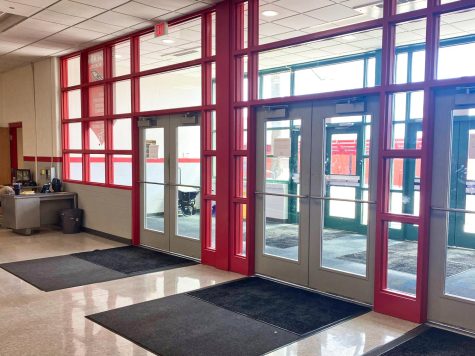
“The high school does not have a great entrance for visitors during the school day,” Mrs. Eckstein, a middle school science teacher who attended all of the meetings, explained. “To get to the office, the visitors must traverse part of the school. This is not ideal in terms of safety. Ideally, visitors would be let into a waiting area that is separated from the office and the rest of the school.”
Administrators say that moving the office to the music suite, which is accessible from door seven, would satisfy this scenario and reduce this risk. Additionally, security surrounding the school in general was talked about in depth via discussion circles and collaborative thinking questions.
“Some of the primary concerns expressed about security were the building entrance and access to the main high school office, having phones in the gymnasiums for teachers to access if there was an emergency, incorporating safety precautions such as metal detectors, and allowing only one key access for students and faculty,” states Mrs. Schroeffel, another middle school science teacher who was an active participant at meetings. “Additionally, the restrooms were discussed as areas of disciplinary concern and incorporating vaping sensors [in them].”
These security measures and the concerns surrounding their current absence are being considered within the renovation plan.
Pre-K Program Proposal and Grade Reconfiguration
Alongside focusing on updating the high school’s amenities and security measures, SRASD is also looking to introduce a Pre-K program in the elementary schools. This was the focus of the committee’s next meeting. Dr. Angelucci believes that Moraine Elementary would be the best candidate for the introduction of a Pre-K program, where the most empty rooms exist. However, there are still not enough rooms in Moraine to host Pre-K to 5th, so, the fifth grade would be relocated to the middle school, and the 8th grade would have to be moved up to the high school.
At this particular meeting, along with other Special Operations meetings, opinions about the proposed change were collected and later reviewed by administrators via sticky notes that participants wrote their thoughts down on.
The proposal to reconfigure grades has received both positive and negative responses. Along with praises of the future benefits this will bring, numerous individuals have voiced concerns about space for this in the high school, even with the renovations being posed, both in and out of the meeting.
“I have attended several of the committee meetings, and at this point, there are a lot of unanswered questions about the logistics of the grade reconfiguration,” Spanish teacher Mrs. Hazi says. The first choice for incorporating an 8th grade wing would be on the second floor, where many science classrooms have been located for half a century.
Yet, another idea that is being entertained for the introduction of the Pre-K program, which would only require a few rooms, is to allocate a separate wing of the high school, and leave the rest of the grade configuration intact.
“I feel like including Pre-K at the high school would give opportunities for authentic work experience for kids that are interested in childcare in the future,” English teacher Mrs. Patten says regarding this concept. “Mrs. Farone teaches an elective called Child Development, and instead of just theoretically learning how to teach children or care for them, they could have actual hands-on experience. It could provide an opportunity for admin or staff that have children to have a daycare where their kids can go during the workday as well.”
Others have additional solutions in mind. Vincent Sinkevich (‘25) is one of them. “Maybe just expand the middle school and keep fifth grade there,” Sinkevich suggests.
21st Century Learning
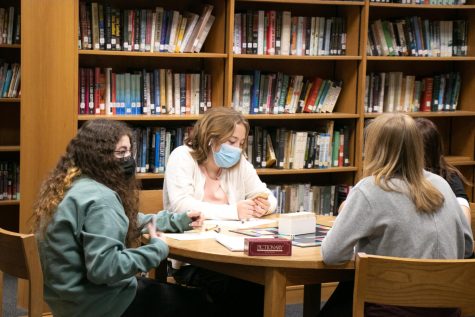
The meeting following the grade configuration focused on 21st century learning, tethered with a presentation by Mark Sheller, an architect with local experience from DRAW Collective. To continue with the practical theme, local schools were the example for potential change ideas; recently renovated communal, streamlined, and flowing workplaces around the area were presented as examples.
One of the central ideas of 21st century learning is that the learners are the center of communication, collaboration, and creativity. Modern hubs meant for media centers, material processing, and multi-purpose spaces within Western PA schools were highlighted in Sheller’s presentation.
As for the details of the renovations themselves, the first priority includes updating the school’s mechanical, electrical, and plumbing infrastructure. Other main goals include renovating the LGI and library to reflect modern needs, moving the office to the choir suite, and then moving the choir suite to an entirely new addition to the building. The cafeteria, kitchen, and some athletic facilities would be expanded. A tentative completion date for these renovations to take place would be by the 2026-2027 school year.
Community Feedback and Next Steps
As the district administration and school board gather opinions from the public during Special Operations Meetings, the superintendent and assistant superintendent are trying to stay as informed as possible.
“We really tried to do our homework,” assistant superintendent Dr. Miller stresses.
In an interview with Rocket Media Productions, both Dr. Angelucci and Dr. Miller described ways they are educating themselves on how to go about the renovation and relocation plans. Specifically, they reached out to four PA schools that recently adopted the 8th-12th grade high school model. These efforts are in the name of gathering the most relevant information possible for this large undertaking.
Through all the changes to the high school being put on the table, Dr. Angelucci says the district’s best interests will be kept paramount, and that the pros and cons will be carefully weighed.
“Yeah, we do [have reservations]” Dr. Angelucci states. “And the architect would definitely have to help us out with that to say, ‘hey, here’s an idea. You could do this.’ Or ‘Here’s something you might want to look at; you could try this.’ It’s going to have to be whatever makes the best sense for us from the architectural point of view, and the taxpayers point of view… the most important thing is what makes best sense for us instructionally.”
Administrators and the school board plan to continue to gather the public’s opinions.
School board member Mark Taylor is the chairman of the Special Operations Committee who is heading up the renovation plans.
“Again, we’re having special operations committee meetings so that we can get input; get engagement from all the shareholders that are going to be affected by this,” Taylor states. “We don’t want to make a decision in the vacuum. We want to hear people’s voices and this is their opportunity to voice their concerns. Everything is on the table for discussion. Nobody is going to be muzzled.”
Taylor has been an active member of the school board since 2012. At the time of this writing, another Special Operations meeting is planned for April 20th, 2023, at 6pm in the middle school LGI, to continue discussing grade reconfigurations for the district.

